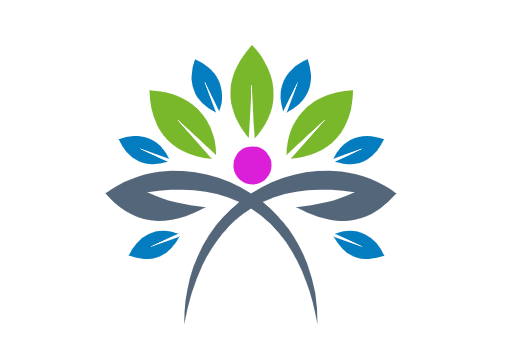Iron Revolution: Tapping Into the Sources of Nutrition
Iron is an essential trace mineral found in every cell of the body. It is used to transport oxygen in red blood cells, store and use oxygen in the muscles, and transport other molecules throughout the body. Iron also plays an important role in several enzymes, helping to catalyze important chemical reactions. Not getting enough iron can lead to anemia and a number of physical and mental health problems.
Iron can be obtained from a variety of different plant and animal sources. Animal sources such as red meat, poultry, eggs, fish, and seafood are especially high in heme iron. This form of iron is more easily absorbed than the non-heme iron found in plant sources, such as legumes, nuts, grains, and dark green leafy vegetables.
Meat, fish, and poultry are generally the best sources of iron. Red meat, in particular, is very high in iron and is one of the leading sources of iron for many people. It is especially high in heme iron, making it easier for the body to absorb. Shellfish and organ meats, such as liver, are also particularly rich sources. Fish like tuna and salmon are also excellent sources of iron, and even canned tuna can be a good option due to its convenience.
Eggs are a nutrient-dense food, containing a good amount of iron, as well as many other vitamins and minerals. They are also very versatile, since they can be incorporated into many different recipes like omelets, frittatas, and quiches.
In addition to animal sources, there are also many plant-based sources of iron that can provide the body with this essential mineral. Legumes like lentils, beans, and peas are nutrient-dense and a great way to get non-heme iron. Seeds like pumpkin seeds, sesame seeds, sunflower seeds, and chia seeds are also very high in iron, and make a great snack. Nuts such as almonds, cashews, and walnuts are high in iron, as well as being a great source of healthy fats, fiber, and protein. Whole grains like oats, quinoa, wheat, and buckwheat are also good sources of non-heme iron. Dark green leafy vegetables like spinach and kale are excellent sources of both iron and many other vitamins and minerals, and can easily be cooked or added to salads and smoothies.
Iron is an important trace mineral that the body needs to function properly. It can be obtained from a variety of both animal and plant sources, including red meat, fish, eggs, legumes, nuts, grains, and dark green leafy vegetables. Eating a balanced diet containing a variety of iron-rich foods is the best way to ensure that you are getting enough iron and other essential nutrients to meet your needs.


Comments